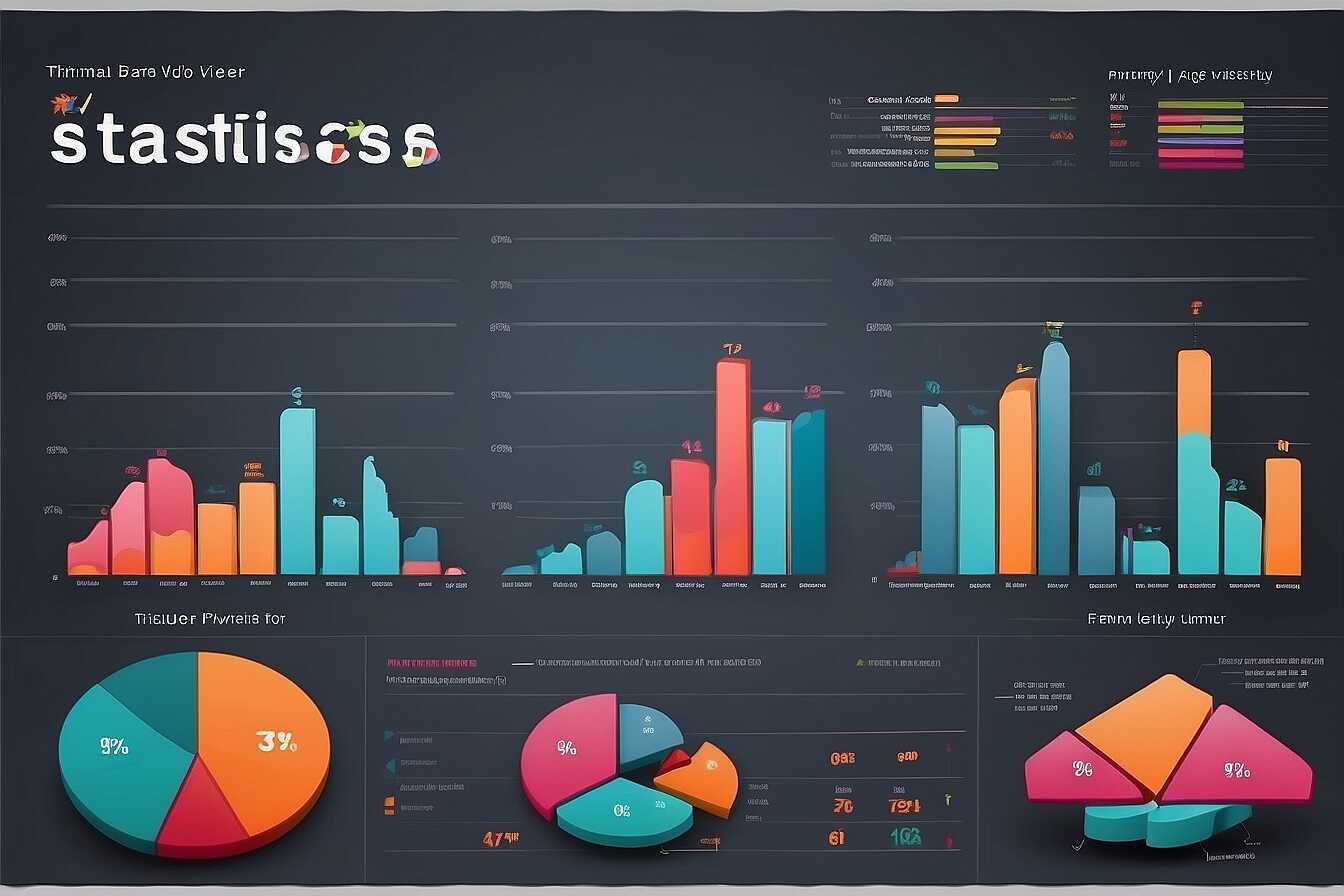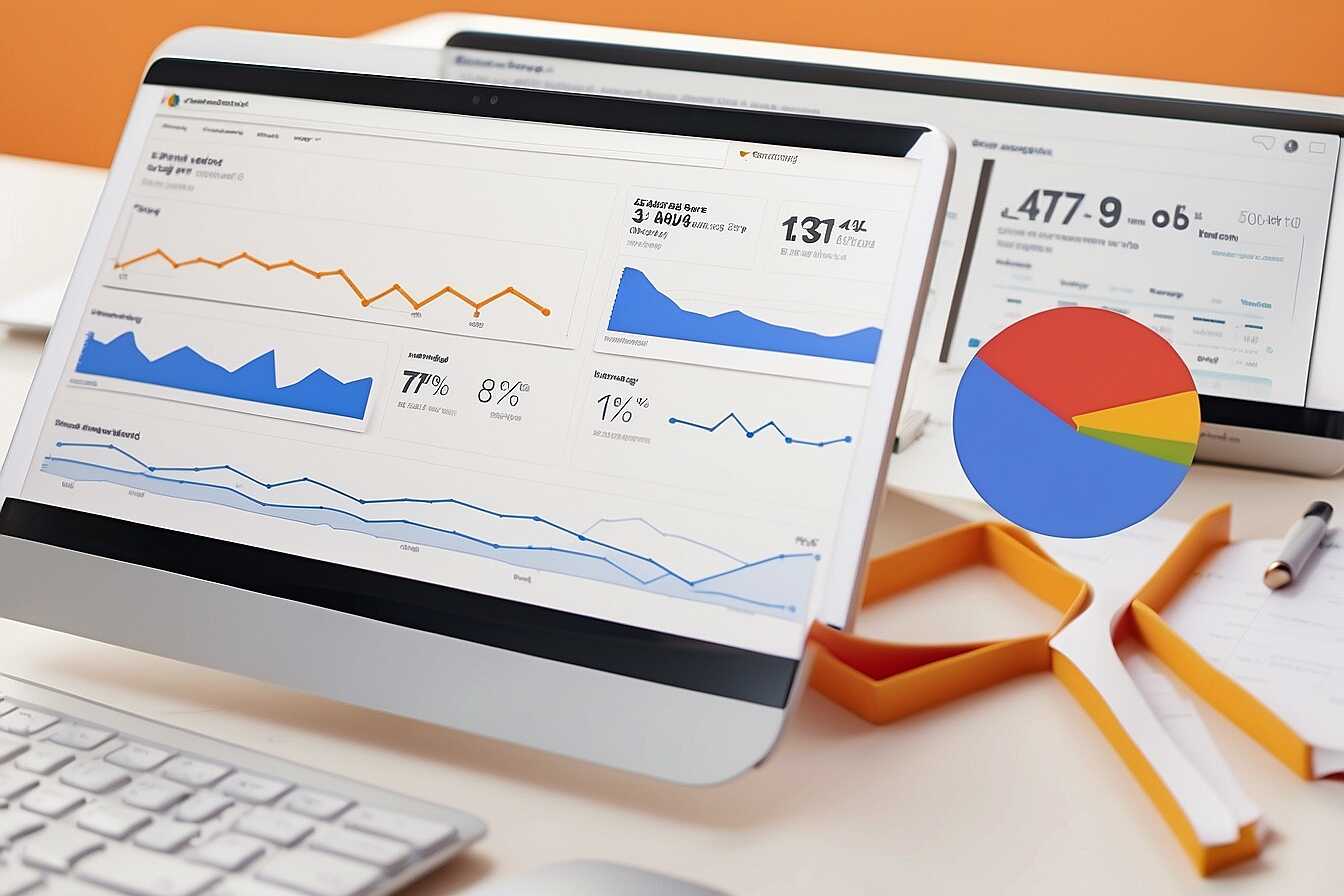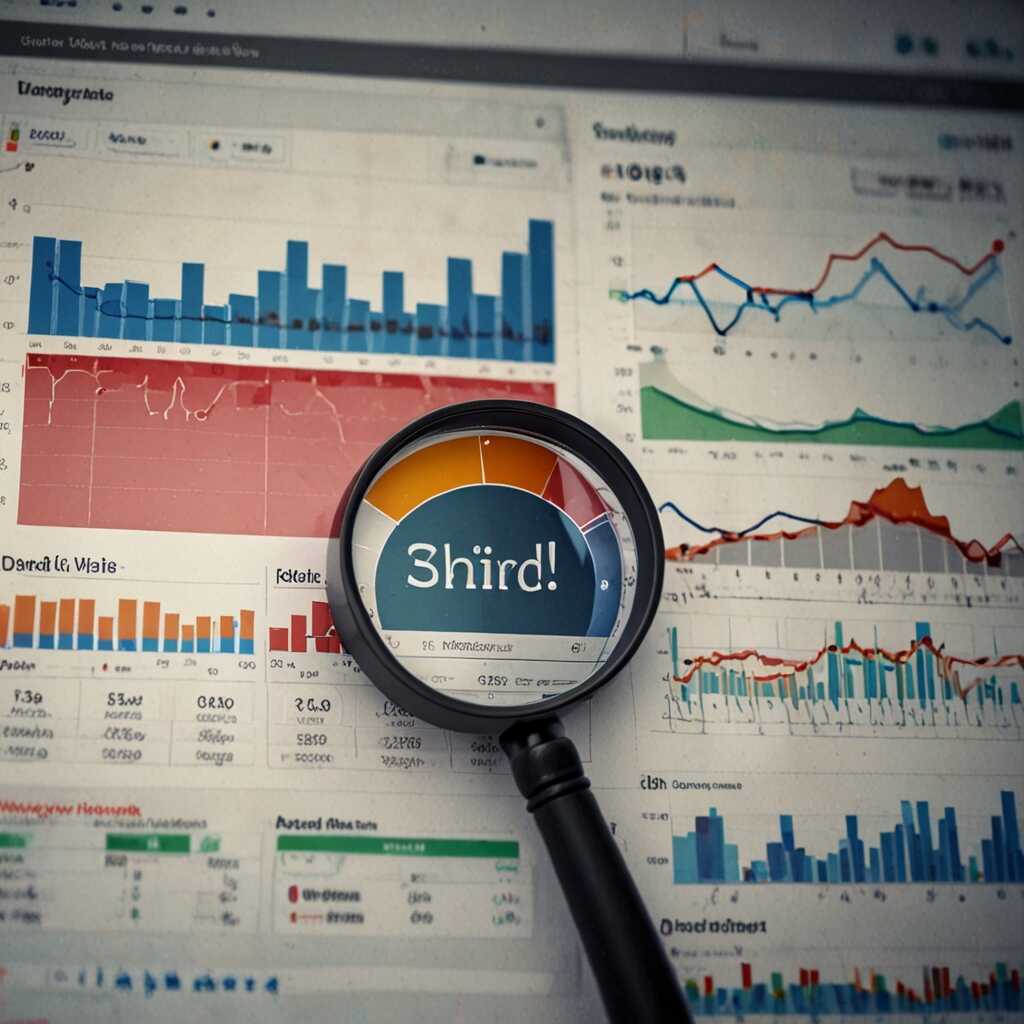Common crawl errors that impact website rankings in 2025 can significantly hinder your SEO efforts. Identifying and resolving these errors is essential for maintaining strong visibility in search results. At Metrics Rule, we specialize in technical SEO and can guide you through common crawl issues and their solutions. By addressing these challenges, you can enhance your website’s performance and boost your rankings in competitive digital landscapes.
Introduction to Crawl Errors and Their Impact on SEO Performance
Crawl errors are essential pitfalls that can degrade your website’s SEO performance. These errors prevent search engines like Google and Bing from correctly crawling and indexing your pages. Crawl errors can significantly affect website visibility, making it difficult for potential visitors to find your site in search results. Common types of crawl errors include 404 errors, which indicate that a page could not be found, and 500 errors, which signal server issues. Understanding these errors is crucial for optimizing search rankings and ensuring a reliable user experience. Studies show that approximately 30% of websites face some form of crawl error annually, which presents an opportunity for improvement if addressed correctly.
Common Types of Crawl Errors and Their Impact
Common crawl errors include 404 errors, 500 errors, and blocked URLs, each affecting website visibility differently. A 404 error occurs when a search engine attempts to access a page that doesn’t exist. This not only impacts user experience but can also diminish your site’s authority over time. On the other hand, 500 errors indicate server malfunctions, which hinder the indexing process. Blocked pages can occur due to misconfigured robots.txt files, which prevent search engines from accessing crucial content. Addressing these errors enhances crawl efficiency and ensures that your site maintains high search rankings. Implementing reliable monitoring tools will help identify and resolve these issues effectively, ensuring a seamless experience for both users and search engines.
Exploring Different Types of Crawl Errors in 2025
In 2025, the most common crawl errors include 404 Not Found, server errors, and redirect issues. These errors significantly impact SEO rankings because they hinder search engine bots from indexing web pages effectively. When search engines cannot crawl a site properly, its pages may not appear in search results, resulting in lost traffic and potential customers. Unique crawl errors like these can contribute to a site’s diminished visibility in an already competitive landscape, making it essential for SEO professionals and website owners to address them promptly.
Understanding the Impact of Crawl Errors on Search Engine Rankings
Understanding how crawl errors impact search engine rankings is crucial for improving technical SEO strategies. For instance, a 404 Not Found error indicates that a page is missing, which frustrates users and search engines. Redirect issues may lead to inefficient crawling, causing search engines to overlook vital content. Addressing these technical challenges is essential; they directly affect the website’s reliability, user experience, and overall search engine performance. Regular monitoring and fixing of crawl errors enhance indexing and improve visibility, offering better opportunities for website rankings in search results.

The Connection Between Crawl Errors and User Experience
Crawl errors significantly affect user experience by disrupting the flow of information retrieval and site navigation. When users encounter 404 errors, server downtimes, or slow loading pages, they are less likely to engage with the content. According to recent studies, approximately 47% of users expect a webpage to load in two seconds or less. Crawl errors can lead to increased bounce rates, which negatively influence overall site traffic and search engine rankings. Understanding the different types of crawl errors, such as server errors and redirect issues, is crucial in ensuring favorable user engagement and site performance.
Types of Crawl Errors and Their User Impact
Crawl errors can take various forms, including 404 (Not Found), 500 (Server Error), and redirect chains. Each type adversely affects user experience uniquely. For instance, when a user encounters a 404 error, it creates frustration and interrupts their journey, potentially costing the website a valuable visitor. Furthermore, sites with excessive redirect chains can create delays that deter users, causing them to leave before accessing desired content. By implementing technical SEO practices, such as ensuring a seamless sitemap and optimizing server response times, website owners can enhance loading speeds and provide a smoother experience, translating into increased visitor retention and improved search rankings for informative websites like Metrics Rule.
Key Statistics About Crawling Challenges in 2025
- 70% of websites face crawl errors that affect their visibility.
- Only 30% of web pages are fully indexed by search engines annually.
- 45% of online businesses report ranking drops due to crawl issues.
- Common crawl errors can reduce organic traffic by up to 50%.
- Websites with poor technical SEO can experience a 60% slower crawl rate.
- 42% of users abandon sites that load slower than 3 seconds.
- Less than 25% of businesses regularly monitor their crawl errors.

Tools and Techniques for Diagnosing Crawl Errors
Diagnosing crawl errors is critical for maintaining your website’s SEO performance in 2025. Essential tools include Screaming Frog, Google Search Console, and Ahrefs Site Audit. These tools help you pinpoint and assess crawling and indexing issues, enabling reliable and efficient fixes. The combination of these tools enhances the diagnosis process by providing data on broken links, missing pages, and server errors, which can directly affect your SEO. Review each tool’s features to determine which offers the best results for your specific needs.
Enhancing Crawl Error Diagnosis with Integrated Tools
Integrating multiple crawl error diagnosis tools can significantly improve your efficiency and accuracy. For instance, using Google Analytics alongside Screaming Frog can help you cross-reference user behavior with crawl data, allowing for more precise identification of issues. Utilizing AI-driven tools can automate some of the data collection processes, making it easier to monitor ongoing crawl efficiency. The goal is to create a robust SEO analysis environment that identifies errors quickly and provides actionable insights to enhance website performance, ensuring an optimized user experience.

Effective Strategies for Resolving Common Crawl Errors
In 2025, common crawl errors such as 404 not found, 500 server errors, and issues with robots.txt can significantly affect website rankings. To resolve these errors, SEO professionals should conduct regular audits to identify problematic URLs and analyze server performance. Implementing redirect strategies for broken links, optimizing server response times, and reviewing and updating the robots.txt file can enhance website crawling and indexing. Furthermore, using tools like Google Search Console and web analytics can provide insights into crawl error patterns, ensuring that website optimization efforts yield better results.
Implementing a Robust Site Audit Process
To effectively resolve crawl errors, a robust site audit process is essential. Start by collecting data on crawl errors from tools like Google Search Console and SEMrush. Identify the percentage of each type of error and prioritize them based on their impact. For instance, 404 errors can often be fixed by implementing 301 redirects to relevant pages, which preserves page authority. Additionally, ensure that your server is configured correctly to handle requests efficiently. Regularly testing and monitoring your site’s performance will help you maintain a strong SEO strategy and retain significant ranking positions.
Advantages of Addressing Crawling Problems
- Improving crawl efficiency boosts overall website visibility.
- Enhanced site speed leads to better user experience and engagement.
- Fixing errors can lead to higher rankings in search results.
- Correcting crawling issues helps increase organic traffic flow.
- Better health of your site attracts more inbound links.
- Regular monitoring prevents further penalties from search engines.
- Clarity in site structure enhances content discoverability.
Regular Website Audits: A Key to SEO Success
Conducting regular website audits is essential for maintaining SEO health. These audits help identify crucial issues like crawl errors, broken links, and slow load times that can negatively affect your website’s ranking on search engines like Google and Bing. With the right tools, such as Google Search Console and site audit software, website owners can spot and fix these errors early, ensuring that their pages remain accessible to search engines. Regular checks also boost reliability and enhance overall website performance by optimizing technical aspects, which leads to better indexing and crawling.
Best Practices for Conducting Effective Website Audits
To conduct effective website audits, incorporate both automated tools and manual testing. Start with an automated crawl using tools like Screaming Frog or Ahrefs to quickly identify crawl errors, such as 404 pages and redirects. Combine this with manual checks on important metrics, including website speed and mobile-friendliness, to ensure your site is optimized for both users and search engines. Aim to perform audits at least quarterly, particularly highlighting high-traffic pages and key product listings to maintain peak SEO performance. By diligently tracking these factors, you will enhance your site’s reliability and improve search rankings.
Advanced Tools to Help Monitor and Fix Crawl Errors
In 2025, several advanced SEO tools are essential for monitoring crawl errors effectively. Tools like Google Search Console, Screaming Frog, and Ahrefs stand out for their reliability and useful features. Google Search Console helps you see which URLs are being crawled and if any errors occur during the process. Screaming Frog allows in-depth analysis of website structure, highlighting broken links and redirect issues. Ahrefs not only analyzes crawl errors but also provides insights on keyword ranking, enhancing your overall SEO strategy. This comparative approach to choosing tools can help professionals select the best option based on their specific needs and performance requirements.
Comprehensive Comparison of Keyword Rankings and Crawl Error Tools
When evaluating tools for fixing crawl errors, it’s essential to look at several factors. Google Search Console offers comprehensive coverage of indexing status and critical errors affecting your site directly. In contrast, Screaming Frog boasts an impressive ability to analyze large e-commerce websites, making it good for high-volume sites. Ahrefs offers advanced data on links and content, ensuring effective keyword research alongside reliable crawl error fixing features. By examining the user experience, interface, and speed of these tools, you can determine which one fits your SEO tasks best, especially if you manage multiple sites or high-traffic domains.
Demographics and Use Cases Related to Crawling Issues
- Small businesses often struggle with crawl errors due to limited resources.
- Digital marketing agencies focus on optimizing sites for better crawling.
- E-commerce platforms increasingly rely on proper indexing for sales.
- Content creators need to consider crawl issues to maximize audience reach.
- Freelance web developers provide insights on improving crawlability.
- Nonprofits can use SEO fixes to raise visibility for their causes.
- Educational institutions benefit from optimizing their resources for search engines.
Future Outlook on Crawl Error Management in SEO
In 2025, SEO professionals should prepare for emerging trends in crawl error management that directly affect website rankings. Key trends include the increasing reliance on AI-driven tools for automated error detection and resolution. These tools provide real-time analytics, enhancing efficiency by enabling quick adjustments to crawling issues. Furthermore, the integration of machine learning technologies in search engine algorithms may alter how errors are prioritized. Understanding the interplay between platforms like Google Search Console, Bing Webmaster Tools, and other SEO software will be essential for crafting effective strategies. Adapting to these changes can significantly improve SEO performance, helping businesses stay ahead in competitive digital marketing landscapes.
Integrating AI in Crawl Error Management
AI is set to reshape crawl error management by providing fast and reliable solutions for SEO professionals. With intelligent algorithms, AI tools can analyze crawl data, identifying patterns that indicate underlying issues. For instance, an AI-driven system can regularly review a website’s structure and alert developers to errors that may hinder crawling and indexing. This proactive approach not only saves time but also enhances the overall performance of a site. The accuracy of AI tools, coupled with their ability to handle large data sets, allows for an exceptional comparison of different strategies, helping professionals make data-informed decisions. By 2025, implementing AI into your SEO strategy will prove to be essential for maintaining a competitive edge in the market.
